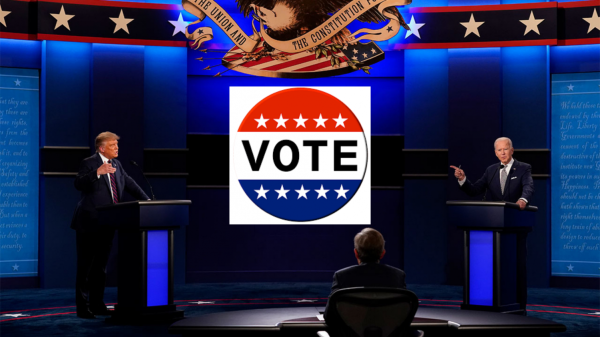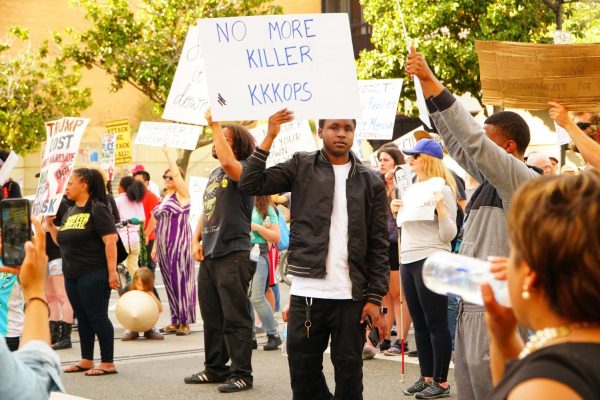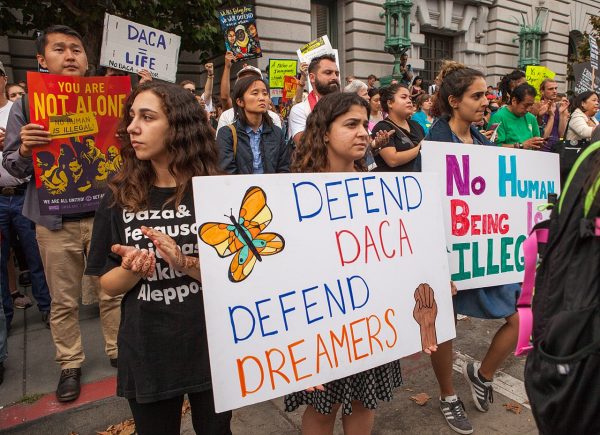Racial tensions provide chance to learn tolerance
Racial tension at local schools has been in the headlines lately, and reflects the broader tensions throughout the country.
Recently, a McClatchy High School student submitted a project that stated that African Americans, as well as South-Eastern Asians and Hispanics, were not intellectually capable of handling the rigorous coursework in their program, according to an article in The Sacramento Bee.
The project, which sought to link race and IQ, sparked complaints from parents and students.
Last month, a meeting was held at Sheldon High School to discuss the racial incident that a Pleasant Grove High School senior, Rachael Francois, experienced at her school.
Although she met with campus faculty about how she’s had white students yelling the n-word at her from driving cars and other grievances, the school did not exercise disciplinary action.
In response, 500 people ranging from teachers, students, parents and speakers met to discuss solutions to preserve the safety of African American students on campus, promising Francois, along with every other victim of racial harassment that things will improve.
In a study conducted by the Uniform Crime Reporting Hate Crime Statistics Program 2016 Report, about 57 percent of hate crimes happen based on race and ethnicity.
We hear about these incidents so often on social media, that seems like a common occurrence.
At the University of South Carolina, students found flyers posted on the African American Studies department, which made derogatory comments about African Americans being the reason for President Donald Trump being elected, according to Newsweek magazine. Students from campus were outraged, and the university went under investigation in order to identify the person who posted them.
But even before the existence of social media, racism had always been something that loomed over people’s lives, especially during childhood, according to a study by Harvard researcher and psychologist Mahzarin Banaji.
Interestingly, he said that children are able to pick up and imitate racist behavior, so he tested this hypothesis by having children from ages three to 14 look at pictures of faces that had light and dark skin tones. Among 263 children that performed in the study, they unanimously agreed that black and Asian faces seemed more “angry,” in comparison to “white” faces, which seemed more happy. But even with these results, he concluded that racism can be unlearned by exposing children to more positive views on diversity.
With February being Black History Month, we not only honor the journey of struggle that African Americans have experienced, but also continue to learn new solutions to aid others in the struggles that still occur today, especially in schools.
Despite everything that’s been going on, students should feel safe and secure on campus, and shouldn’t have to worry about being verbally assaulted or harassed through petty flyers. Eliminating racism is an unrealistic goal, but taking time to learn from each other’s experiences is not only the easiest thing to do, but also the most humane thing one should do.






